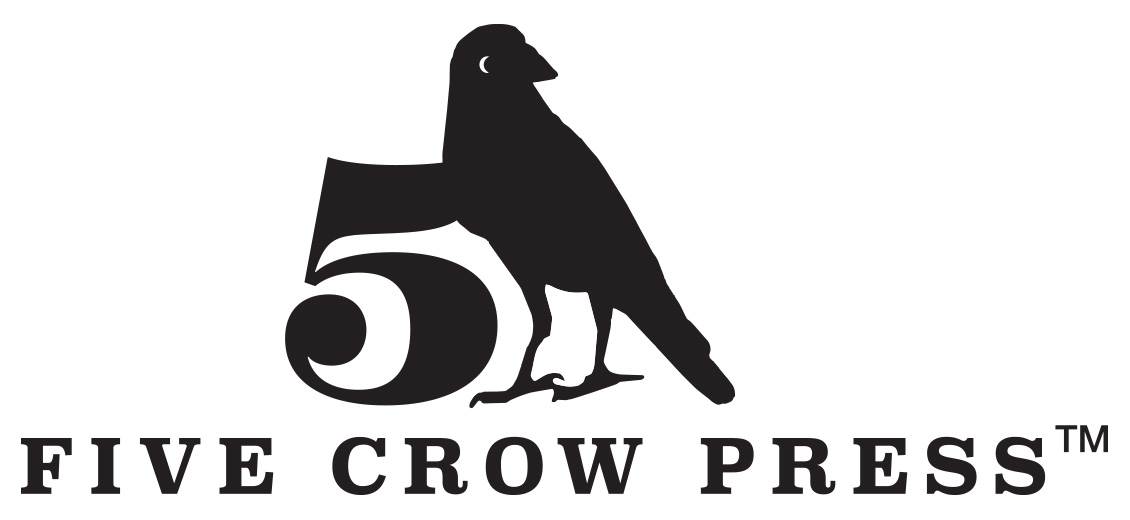When Roy Burnett, owner of WRGC 105.7, an Adult Contemporary radio station in Sylva, North Carolina, asked for an interview about It All Belongs, I have to admit I was a little nervous. Having never been on the radio before, I wasn’t sure how well I’d do. However, with several media interviews by then under my belt, I was starting to feel more comfortable in the interview chair, so I agreed.
Roy immediately put me at ease with his Southern accent, friendly spirit, and genuine interest in the process of developing and writing It All Belongs. He even asked me a question no one asked me before—one that brought back a particular moment with startling clarity.
The question, What were some of the WOW! moments I had experienced in the process of working on this book. What I immediately flashed to was long before the writing started—and just after I had made my promise to Judy that I would publish her work.
It was the day when Judy was home from the hospital after her stroke (A stroke on top of her brain cancer? Really?!?!?!) and she decided to make some art. Because the stroke had affected her left side—and Judy was left-handed, her work was difficult, labored, and not nearly as precise as usual. I remember watching her work on her art and noticed it was very different—and yet incredibly beautiful. It wasn’t as precise as her usual work, but there was something about it that was so resonant, so expressive of where she was in her moment. Most of all, it was easy to see her passion for making art shining through this stroke-impacted piece.
When I looked at what she had done (and this piece is in the book) I remember thinking how different and special it was, so I said, “We need to put this one in your book!”
She looked up at me, clearly horrified. “Oh no,” she said with certainty, “That’s not going in the book. It’s not nearly as pretty as the other ones I’ve done. It’s . . . no.” She studied it for another moment and then looked back to me, shaking her head. “Roy, people are going to be looking at this!”
“Yes,” I said gently, trying not to smile because I knew she was serious. (After more than 40 years together I had learned not to mess with her when she was serious.) “And what they will see is that you did this work after you were diagnosed with brain cancer and after your stroke. What they will know is that you were still trying your best to do your art. They will witness your determination to stay in the moment and appreciate this life you have, even though it’s declining.”
She seemed unconvinced but stopped arguing. (I took that as a yes.)
As I was explaining to Roy Burnette how this book was not only a fulfillment of my promise to Judy to publish her work, but also an opportunity to share my own experience of struggling through abysmal grief to find life, hope, and happiness on the other side, I heard myself describing our book as a love story. A book of beautiful art and deep honesty. An invitation to engage with emotion. Encouragement (as Judy often did) to make some art of their own. A message to anyone who has lost a loved one that there is hope, light, and life on the other side of their darkness.

